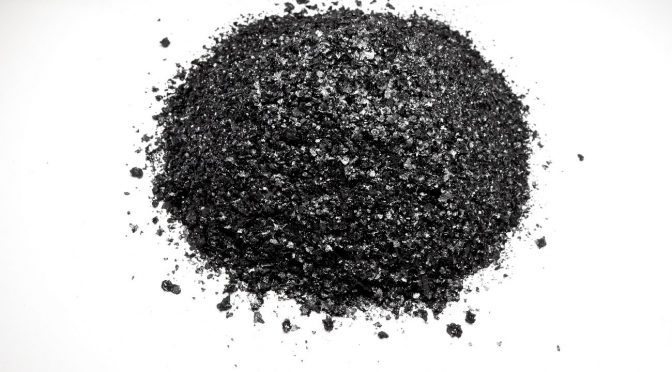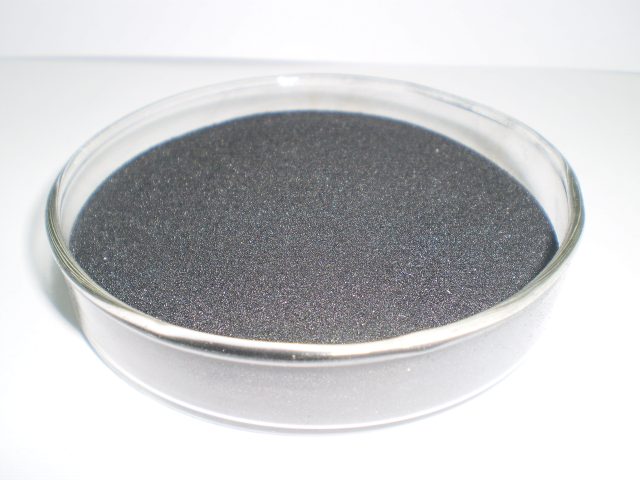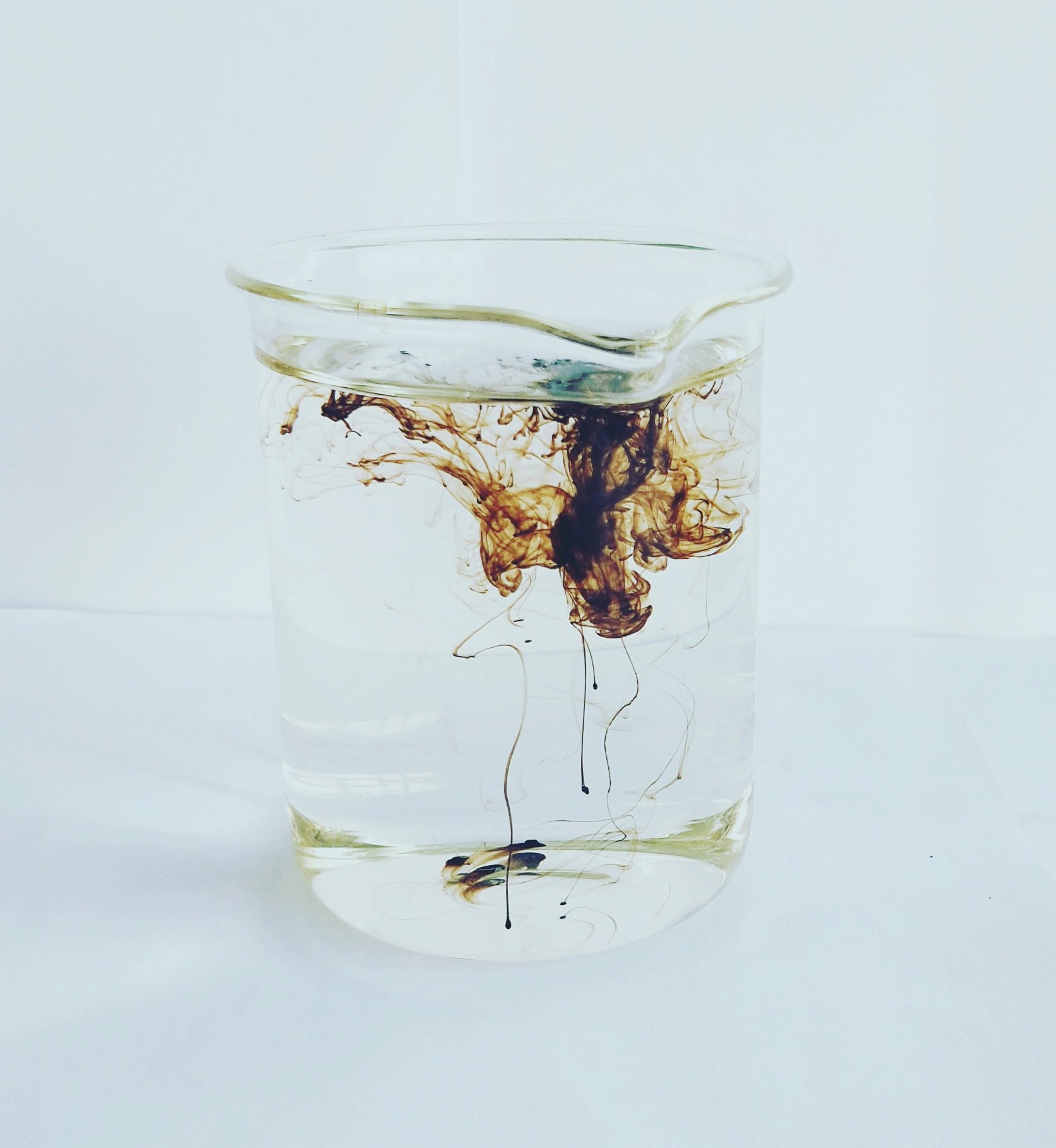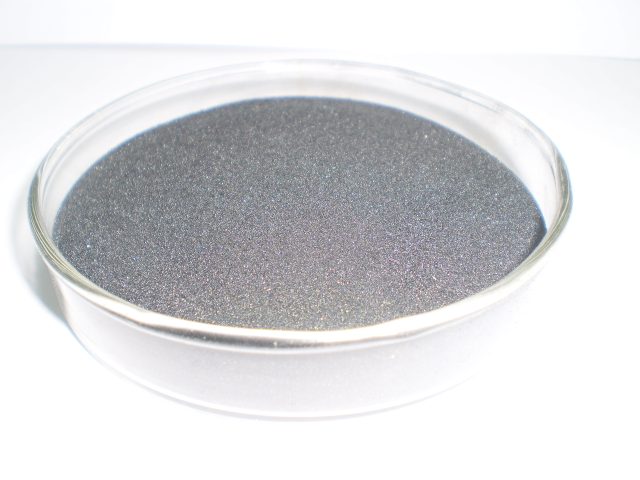Fulvic acid effect in agriculture ro improved soil
1. Improve soil aggregate structure.
The fulvic acid is a humic substance, which can affect the nature of the soil, and promote the formation of a more stable agglomerate structure in the soil, so that the content of granules ≥ 0.25 mm in the soil is increased by 10-20%, and the content of organic matter is increased by 10%, so that the soil can maintain moisture. Increase ventilation, which is conducive to the growth of crops.
2.Enhance the water retention of the soil.
Fulvic acid is a hydrophilic colloid with strong water absorption capacity. The maximum water absorption can exceed 500%. The weight of water absorbed from saturated atmosphere can be more than doubled, which is much larger than that of ordinary mineral colloid. The fulvic acid inhibits the transpiration of the crop, so that the soil water consumption rate is slowed down and the soil water content is correspondingly increa3.sed.
3.Enhance the fertility of the soil.
The fulvic acid itself is an organic acid, which increases the dissolution of the mineral part of the soil, provides soil nutrients, and increases the effectiveness of nutrients through complexation. As an organic colloid, fulvic acid has positive and negative charges, which can adsorb anion and cation, so that these nutrients can be stored in the soil, not lost with water, and improve the utilization rate of fertilizer, which is especially important in sandy land.
4.Adjust the pH of the soil solution.
The fulvic acid and the fulvic acid salt transform each other to form a buffer system, thereby regulating the pH of the soil solution.
4.Reduce soil salinity.
The colloidal structure formed by the complexation of fulvic acid and chelated metal cations in the soil and its porosity (larger specific surface) can adsorb ions or molecules in the soil solution and reduce the concentration of salt in the soil solution.
Biological action fulvic acid contains a variety of oxygen-containing functional groups, which determine its physiological activity, thereby regulating the life activities, promoting the growth and reproduction of beneficial bacteria, and inhibiting the number of harmful microorganisms; the carboxyl group and phenolic hydroxyl group in fulvic acid have certain Inhibit the role of the virus.
Fulvic acid effect in agriculture to Improve fertilizer utilization
The fulvic acid contains functional groups such as carboxyl group and phenolic hydroxyl group, which has strong complexation, chelation and surface adsorption ability, can reduce the loss of ammonium nitrogen, increase the moving distance of phosphorus in the soil, and inhibit the fixation of water-soluble phosphorus in the soil.
Ineffective phosphorus is converted into effective phosphorus, which promotes the absorption of phosphorus by roots; fulvic acid can absorb and store potassium ions, and the effective potassium content is especially effective for potassium fertilizer. Experiments show that fulvic acid can increase the utilization rate of nitrogen, phosphorus and potassium nutrients in fertilizers by more than 20%.
Slow release and synergistic pesticides
The fulvic acid has the function of a surfactant, which can lower the surface tension of water and emulsify and disperse the pesticide; fulvic acid as a colloidal substance with a large viscosity and surface area may have a strong physical absorption effect on the pesticide. The fulvic acid itself has antibacterial and anti-disease effects, and the compounding with the bactericide is equivalent to the compounding of the two pesticides.
Stimulating effects on plant growth
The fulvic acid is similar to the endogenous hormones of plants, and can promote seed germination, root growth, and early coloring of fruits. Specific manifestations: promote root growth and activity, similar to auxin effect; promote seed germination, emergence of seedlings and seedling growth, similar to the effect of gibberellin; make leaves enlarge, thicken, green, delayed senescence of lower leaves, similar The role of cytokinin; the reduction of stomatal, transpiration, similar to the role of abscisic acid; the fruit coloring, maturation, similar to ethylene ripening; promote cell division and cell elongation, differentiation, hetc., similar to two The role of the above plant hormones.
Fulvic acid effect in agriculture to Improve the quality of agricultural products
The fulvic acid enhances the synthesis of sugar, starch, protein, fat and various vitamins. It can stimulate the activity of polysaccharide enzyme, convert polysaccharide into soluble monosaccharide, thereby improve fruit sweetness; increase the ratio of total sugar to nicotine and potassium to chlorine in tobacco leaves, improve the quality of tobacco leaves; increase the total content of watermelon, cantaloupe and other fruits Sugar content and vitamin C content.
Enhance crop stress resistance
Plant stress resistance index (one): the content of ABA (abscisic acid: a plant hormone that inhibits growth) in plants. The ABA content of plants will increase under any adverse conditions. Abscisic acid is the “first messenger” that initiates the expression of stress-resistant genes in plants, and effectively activates the anti-reverse immune system in plants. Physiological mechanism of fulvic acid to improve plant stress resistance (common): fulvic acid can increase the content of ABA in plants.
Fulvic acid: As a plant growth regulator, it is the best component of soil humus, which not only reduces crop burden, increases soil fertility, enriches the matrix of soil bacteria, but also improves crop yield and quality. Agriculture achieves the long-term development goal of increasing production, upgrading and raising land. So as to solve the problem of the quality of crops, so it is a must for science and technology agriculture!




